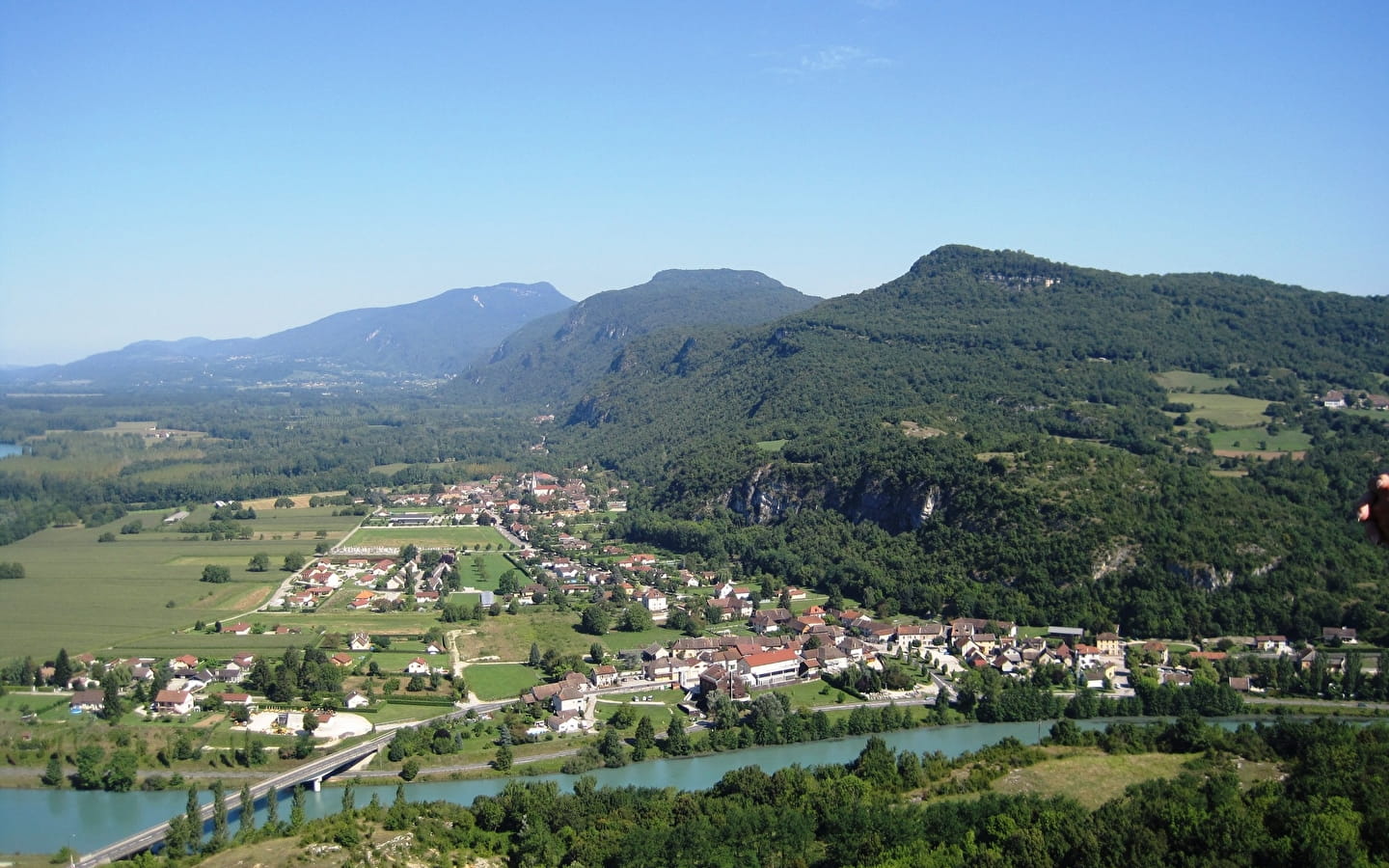
Patrimoine de la commune de Brégnier-Cordon
The site has been inhabited since the appearance of man. Then, during the Gallo-Roman period, the village became very busy thanks to its proximity to the Rhône, which facilitated trade.
Thanks to the strategic position of the village (on the borders of Savoy and Dauphiné), the Duke of Savoy had the suzerainty of the castle of Cordon from the beginning of the 12th century.
In 1601 Brégnier became French under the Treaty of Lyon. The lords of Cordon then dominated the whole of the south of Bugey.
Several discoveries in the commune attest to the presence of the Romans: a necropolis, a common earthen burial urn, a bronze bracelet, ceramics, housing structures from this period...
The typical buildings of the commune are generally made of stone, with roofs covered with scaly tiles.
The church of Brégnier was built at the end of the 19th century on the site of the old church. In neo-Gothic style, it has an overhanging transept with the chapel of Saint John the Baptist to the north and the chapel of the Holy Virgin to the south. The bell tower, on which there is a clock, is very pointed and ends in a stone cross.
The monument to the dead of Brégnier-Cordon represents an angel with spread wings supporting a soldier who has been wounded. A stele in memory of the martyrs of Izieu is located at the junction of the road to Izieu.
The château de la Barre, built in the 14th century, is now in ruins: only a square keep remains.
The castle of Cordon is an ancient fortified castle dating from the 12th century, centre of the Cordon seigneury. Now completely in ruins, this castle was the head of one of the oldest districts in Bugey. The Counts of Savoy used it as a fortress to block the Rhône valley. They entrusted the house of Cordon with its guard. The castle was probably destroyed in the 17th century.
- French
- Pets not allowed






